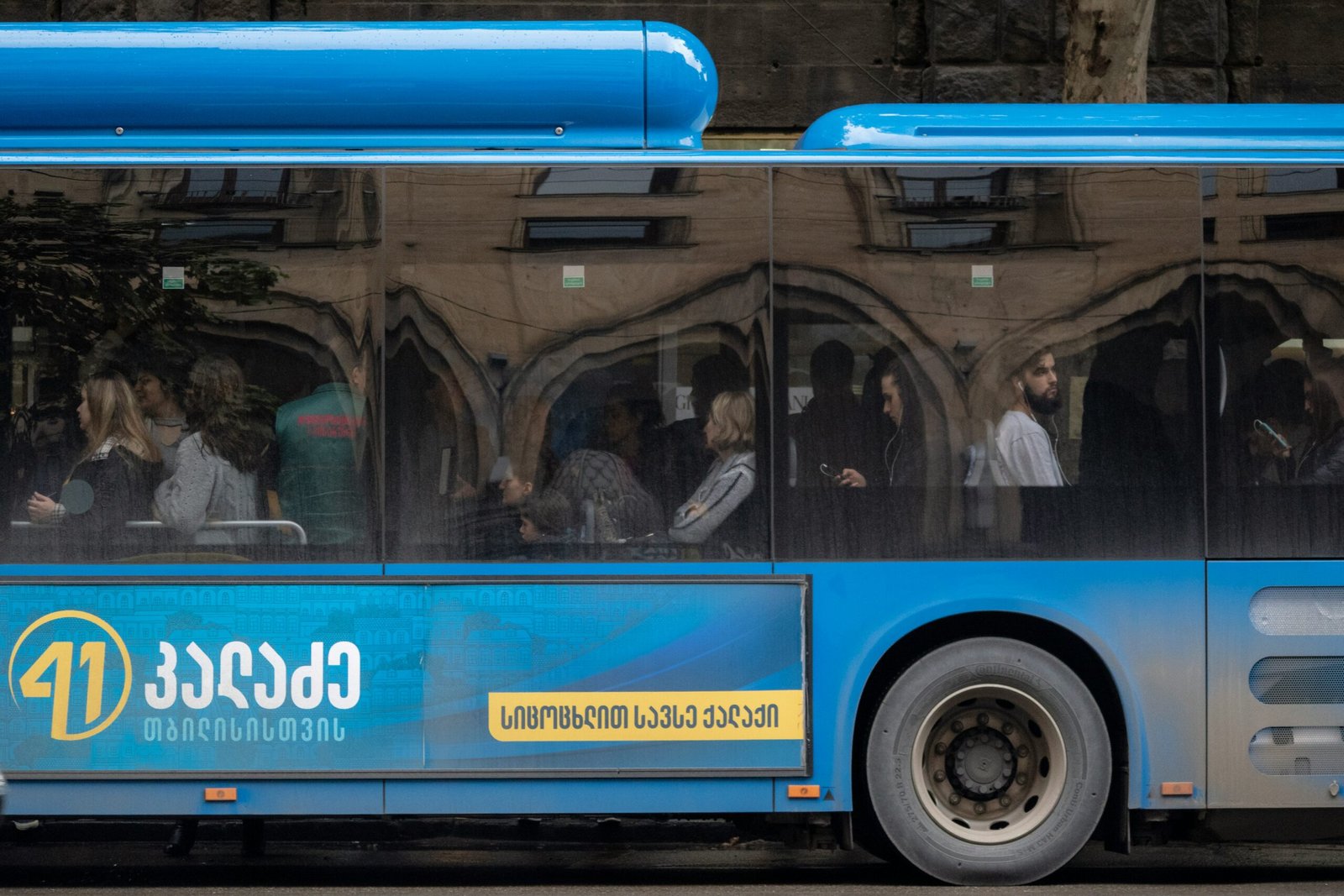Introduction
In today’s digital age, restaurant apps have become an essential tool for both customers and businesses. With the increasing demand for convenience, speed, and efficiency, optimizing the user interface (UI) and user experience (UX) of restaurant apps is crucial for seamless ordering. In this blog post, we will explore some effective strategies to enhance the UI/UX of restaurant apps, resulting in improved customer satisfaction and increased revenue.
1. Streamlined Navigation
A well-designed restaurant app should have a simple and intuitive navigation system. Users should be able to easily find what they are looking for without getting lost in a maze of menus and options. Implementing a clear and organized navigation bar, with categories such as menu, specials, promotions, and account settings, can greatly enhance the user experience.
2. Clear and Attractive Visuals
Visual appeal plays a significant role in attracting and engaging users. High-quality images of dishes, along with clear and enticing descriptions, can help users make informed decisions. Implementing a visually appealing design with attractive color schemes and fonts can create a positive impression and encourage users to explore the app further.
3. Easy-to-Use Ordering System
The ordering process should be simple and user-friendly. Implementing a step-by-step ordering system with clear instructions and options for customization can enhance the user experience. Users should be able to easily add items to their cart, select quantities, and make modifications such as adding extra toppings or specifying cooking preferences.
4. Seamless Payment Integration
Integrating a secure and seamless payment system is crucial for a smooth ordering experience. Offering multiple payment options, such as credit card, debit card, and mobile wallets, can cater to a wide range of users. Implementing features like saved payment methods and automatic card scanning can further streamline the payment process.
5. Real-Time Order Tracking
Providing users with real-time order tracking can greatly enhance their experience. Users should be able to track the status of their order, from preparation to delivery, through the app. Implementing push notifications or SMS updates can keep users informed and reduce anxiety about the delivery time.
6. Personalized Recommendations
Implementing a personalized recommendation system can enhance the user experience and increase customer satisfaction. By analyzing user preferences and order history, the app can suggest personalized recommendations based on their previous orders or popular dishes. This can help users discover new dishes and encourage them to try different items from the menu.
7. Feedback and Ratings
Providing a platform for users to leave feedback and ratings can help restaurants improve their services and address any issues. Implementing a user-friendly feedback system within the app can encourage users to share their experiences, which can be valuable for both the restaurant and potential customers.
Conclusion
Optimizing the UI/UX of restaurant apps is essential for seamless ordering and customer satisfaction. By implementing streamlined navigation, clear visuals, an easy-to-use ordering system, seamless payment integration, real-time order tracking, personalized recommendations, and a feedback system, restaurants can create a user-friendly app that enhances the overall dining experience. Investing in UI/UX strategies can lead to increased customer loyalty, positive reviews, and ultimately, higher revenue.












Leave a Reply